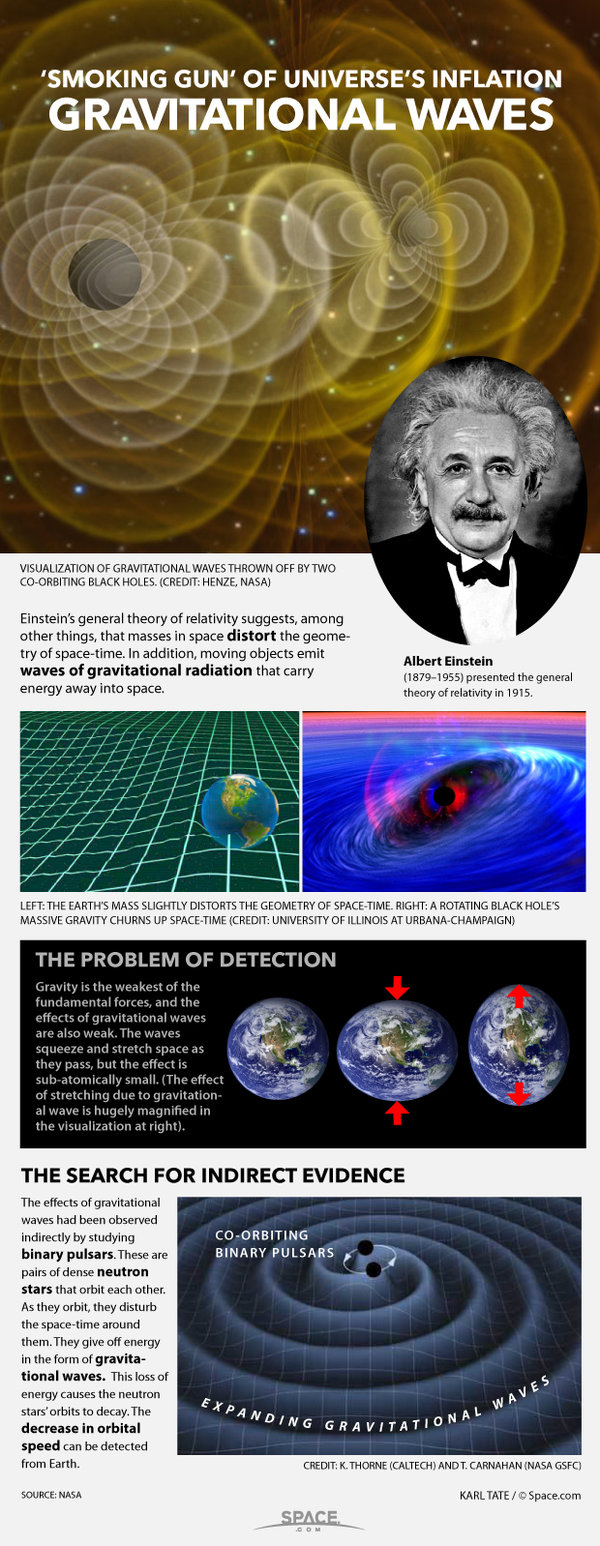One of the things not mentioned by other posts is that waves travel at different speeds depending on their frequency (whaaaat!): (So we know the speed of light is fixed right, but in reality it's not in a vacuum, i.e. that's exactly how rainbows and prisms work by having different speeds in the different substances), so we must assume that gravitational waves also have different speeds based upon frequency.
Ok, so let's look at the problem (which is a problem that data engineers have with things going down wires, and it is why you have a maximum length of USB cable, and ethernet etc before the signal has to be read and re-transmitted.
So the simplest form of data you can transmit is Morse, where you use a single frequency (as tight as possible) and you turn it on and off to give you a square wave. Then you use time or some such to indicate values, now what happens if you send a square wave down is that the edges of that square wave begin to blur with distance because of the different components traveling at different speeds, but it is the most effective.
If you then begin to try and send other things, such as phase shifted keying (such as RTTY, or PSK etc) (i.e. using a range of frequencies to send data, or even a sideband to send voice), then you would find that the different elements arrive at different times.
If you knew a bit about the transmission of the data, you could reconstruct (after listening over time) and design a protocol which allowed you to revert the data and recover it (i.e. a combination of re-phasing the signal together, as well as data hamming techniques such as that used in voyager etc) to get a semblance of data. If you didn't know what you were receiving, you would struggle to reconstruct it.
But we're talking on a galactic scale.
Also, can I just say, that things like spark gap transmitters are banned on earth for a reason: they annoy everything and cause interference. Imagine a race making a spark-gap gravitational wave radio. They would be annoying everyone and what kind of interference would it be generating for things?
Also appendment 2 - there's a lot of interest in sub-noise level protocols, such as Whisper. WSPR is a amateur radio data mode which relies on knowing when the signal is coming in, which allows you to sort of apply probability and see signals which are below a receivable signal-to-noise ratio. This idea is backward to conventional signal methods, where you transmit something above signal-to-noise that allows you to spot a signal and receive it. I.e. knowledge that there is a signal, lets you find it. If you didn't know what it was, and most importantly, when, WSPR is invisible.


gravitational wave communication superconductive heliumand you’ll find some ideas; enough to make up some plausible fictional descriptions. $\endgroup$